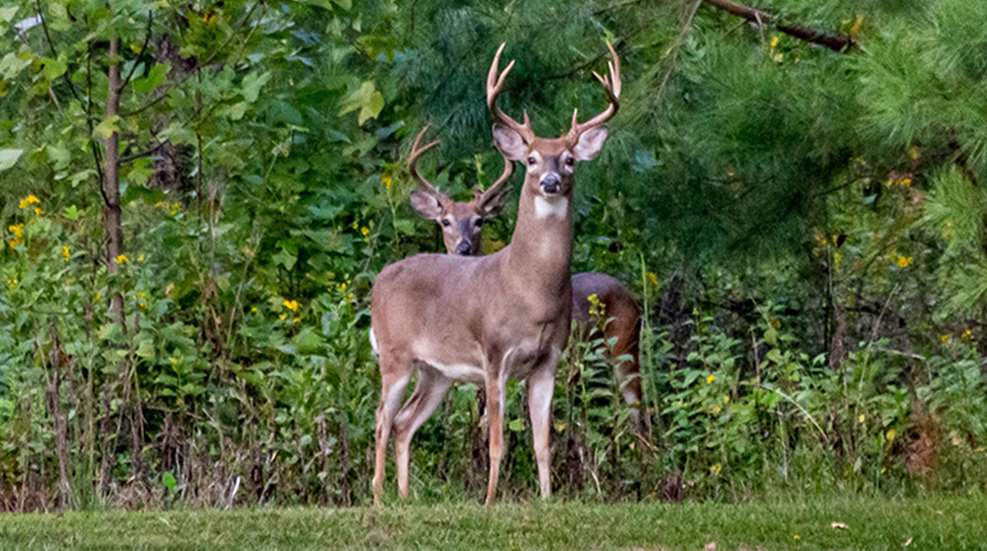
The early season is a great time to hunt whitetails. Food sources are plentiful, deer are unpressured and they’re on consistent patterns. The latter point is the most important because that’s what makes them the most huntable. Whitetails are repeating very similar patterns on a consistent basis. That makes them killable. What makes them unkillable? Hunting them incorrectly and in the wrong places. Here are five spots to avoid.
1. Untimely Food Sources
Deer are always focused on the food. They shift as food sources change. But generally, they remain in each pattern for several days or weeks. It’s all about finding the best, freshest food source. Deer are concentrate selectors, meaning they are constantly seeking out the best food source on the landscape.
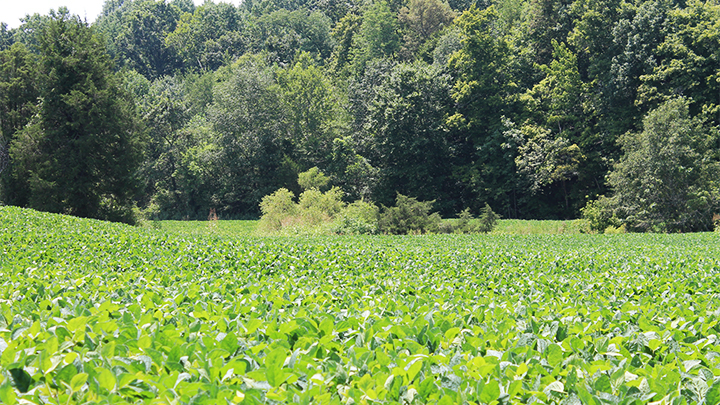
Generally, these patterns vary based on geographic location and change from property to property. In one location, deer might be targeting green soybeans. On a neighboring tract, they could be hitting the first of the white oak acorns. Elsewhere, it could be the first of the persimmons.
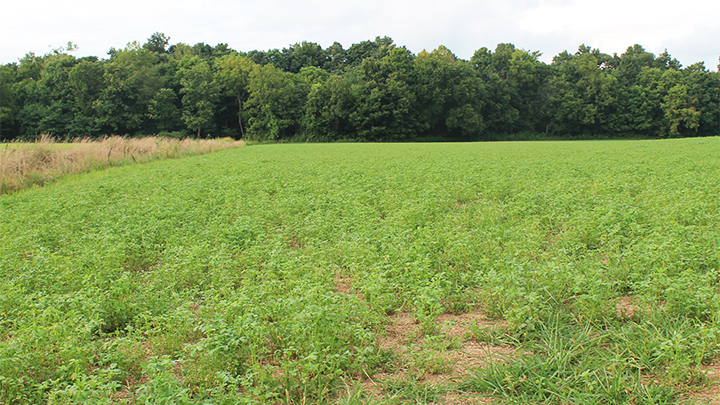
Knowing when food sources start producing, and when they peak, is important when trying to stay ahead of changing patterns. Not knowing what food sources deer are hitting leads to hunting food sources at the wrong time. And if you do that, you won’t see the deer you’re after.
2. Out-of-Season Core Areas
The average buck’s home range is about 650 acres, or one square mile. Deer, especially bucks, use different parts of that range throughout the year. They don’t use the same bedding areas, food sources, water sources and travel routes all season. They shift.
This leads to a variety of core areas. These are much smaller areas—generally 10 to 50 acres—within the much larger home range. Deer spend the bulk of their daylight hours within these locations.
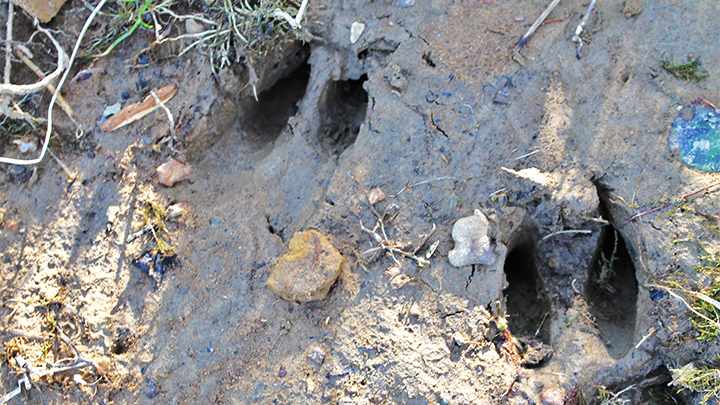
Of course, these core areas are used because they offer advantages. Sometimes it’s food-related, such as green soybeans in September or acorns in October. Other times it’s bedding-related, such as thermal (coniferous trees) or solar (south-facing slopes) bedding areas in winter. Perhaps it’s a lone running water source during a hard freeze, or even a pocket of unpressured cover surrounded by hunters.
These things and more commonly encourage or force deer into seasonal core areas. Hunting the right ones—where they are—is obviously effective. But hunting those they aren’t currently inhabiting isn’t effective.
3. Rut Stands
Some stand locations are premium spots during the rut. These areas can work outside of that window, but they’re much better when deer are running wild. Bucks use these areas to get from point A to B during their search for estrus does.
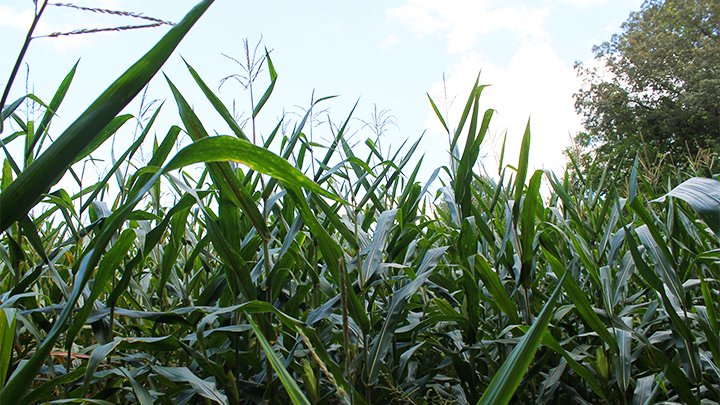
Good rut stands almost always look different from one to the next. That said, there are certain types or families of stand location types that are consistent producers. Benches, doe bedding, funnels, hubs, pinch points, saddles and other areas are prime examples. Again, these sometimes produce quality hunts outside of the rut, but these are more likely to perform during the rut than outside of it.
While rutting bucks are running wild in search of the next receptive doe, aside from that window, these deer are strictly on bed-to-feed patterns. Knowing when and when not to focus on rut stands is important. Contact your state biologists to determine peak rut dates near you.
4. Oddball Spots
During the rut, out-of-the-way spots that generally see little activity become viable hotspots. Bucks find receptive does and push them to these areas to get them away from the bulk of the deer herd. They do this to get away from the competition, which decreases the odds of another buck stealing their girlfriend.
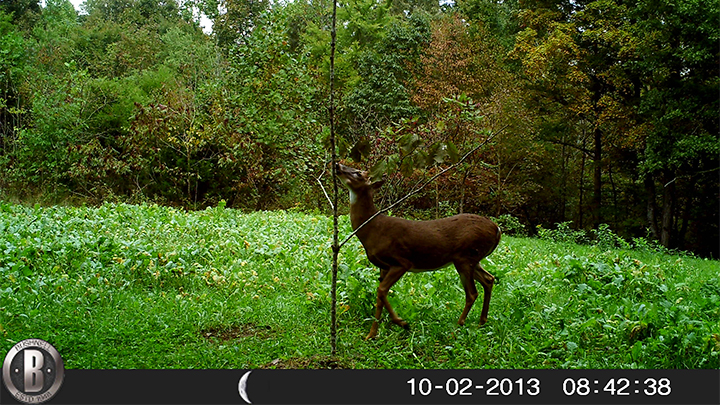
Some of these spots include brush piles, drainage ditches, isolated pockets of cover, small woodlots, around old structures, near houses and civilization, and other weird spots. These areas are not typical hunting hotspots. Generally, these areas are well away from typical deer habitat and are areas hunters wouldn’t normally think about. Outside of the rut, these are virtually void of deer, making these much less effective outside of the peak rut when bucks are tending does.
5. South-Facing Slopes
Like seasonal core areas mentioned above, south-facing slopes are synonymous to certain times of the season. These are very attractive to deer in areas with moderate to severe temperature and snowfall. Southern states with warmer climates and less snow don’t see as much draw to these, but these still hold wildlife value.
Drilling down, south-facing slopes are viable because these receive the most sunlight in winter. The sun rises in the southeast and sets in the southwest. Deer don’t need that in summertime and early fall, though. Rather, they’re seeking reprieve from the heat. North- and west-facing slopes, top-heavy canopies that provide shade and space for airflow, and near low-lying areas with water all provide cooler bedding options, which is necessary during the early season. Thus, hunting near and within south-facing solar bedding areas isn’t a great play.
Tackling the Early Season Correctly
We’ve largely outlined what not to do in the info above. Those are places to avoid. There are exceptions to the rule, of course, and if you notice a deer using a particular area during the early season (even the places listed above), move in and hunt it.
That said, considering food sources, unless pockets of mast exist in and around, those areas generally aren’t that great during the early season. Deer are holding tight to the grub. Nothing else matters right now. Bucks and does alike are gearing up for the rut, especially the former. They’re packing on as much weight as possible to get through the fall and winter.
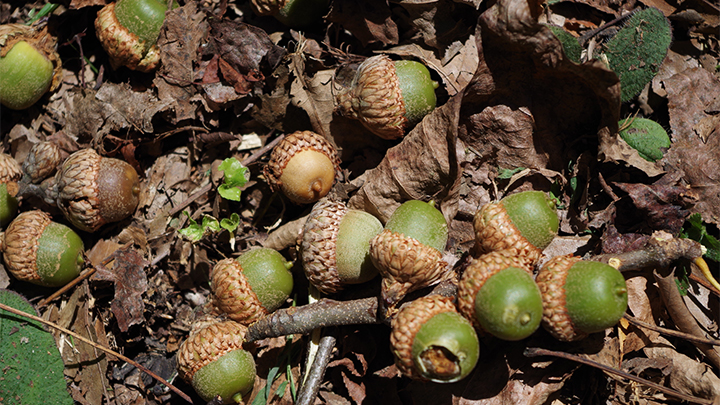
Furthermore, during the early season—or any time of year—finding the food is finding the deer. Keying on the hottest food sources is the best way to capitalize on early-season deer movement. Ag fields, hard mast (acorns, chestnuts, etc.), soft mast (apples, pears, persimmons, plums, etc.), food plots (chicory, cowpeas, iron clay peas, lablab, etc.) and other natural food sources are good to focus on.
Next, find the bedding areas these deer are using. During the early season, many deer don’t bed far from the food. At least, not until hunters start pressuring them. Use scouting efforts, such as glassing from afar, observational treestand sits and trail camera intel, to piece together the puzzle of where these deer are coming from and going to.
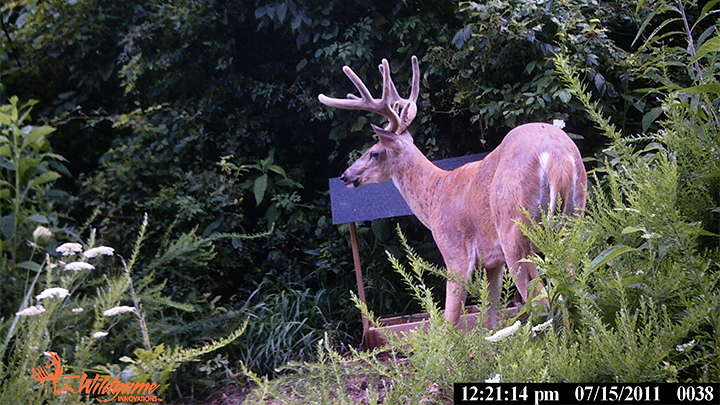
Also, don’t forget about water. These deer must drink, and a small, secluded water sources along travel routes can be dynamite. Bucks drink upward of 5 quarts of water or more per day. They get some of this water from vegetation intake, but not nearly all of it.
After finding the most attractive food and the bedding areas being used, stay focused on bed-to-feed patterns. Early-season deer are predictable, it just takes work to figure them out.


































